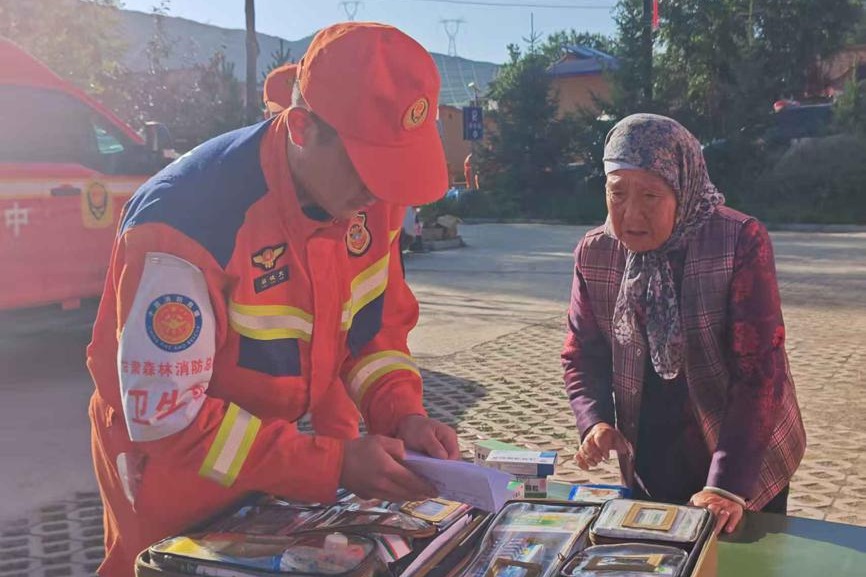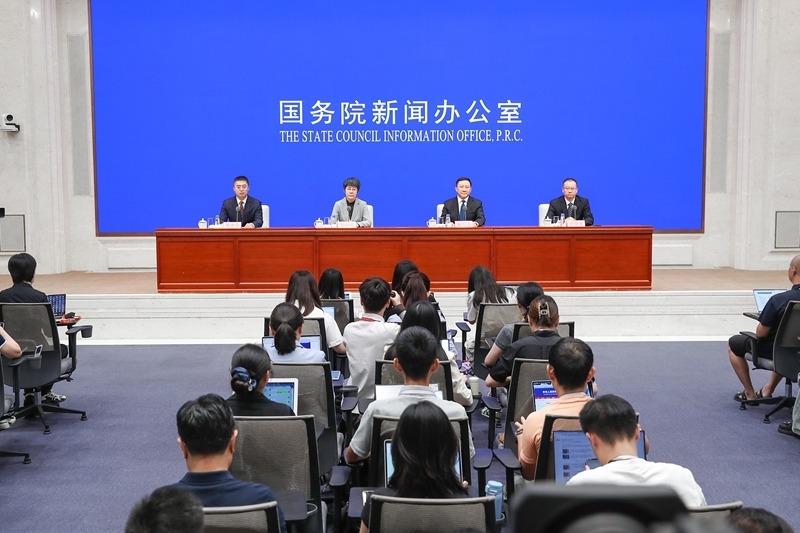System built for disease early warning
China aims to boost nation's ability to take swift action against health risks

China has established a four-tier risk assessment system to enhance the nation's early warning capabilities for infectious diseases, according to a guideline released by the National Disease Control and Prevention Administration recently.
The trial regulation, which takes effect immediately, aims to tackle public health risks caused by various infectious diseases, including the nation's 41 notifiable diseases, novel infectious illnesses and those with unknown causes.
Under the guideline, local disease control agencies are required to collect infectious disease monitoring information from multiple sources and carry out risk evaluations. The risk levels are classified into four tiers from extremely low risk to high risk.
An extremely low risk assessment only requires continuous implementation of regular monitoring, while a low-risk evaluation should prompt the release of health risk advisories to the public.
"A health risk advisory is supposed to include pathogenic and epidemic characteristics of the disease, typical clinical symptoms, recent monitoring results, key control and preventive measures," it said. "Such an advisory should be scientific, clear, easy to understand and capable of being disseminated through various channels."
With a medium-risk assessment, medical institutions and other related departments should take professional precautionary measures. Disease control authorities will consider issuing a warning, which is meant to be circulated across related government departments and healthcare institutions.
A warning will include information about the hazards of the disease, the range of affected areas, development trends and suggestions on personnel technical training, supplies preparation, case identification and reporting procedures, ventilation and disinfection at key venues and other preventive measures, the guideline said.
With a high-risk evaluation, disease control agencies should make reports to disease control authorities within two hours, who in turn will gather experts to further analyze and evaluate the severity of epidemic risk and determine if an alert should be issued by the regional government.
The guideline also requests encouraging and supporting the use of digital technologies to define warning thresholds, as well as calls for the establishment of an epidemic database and related algorithm model libraries to build a multi-trigger and smart early warning system.
It stresses providing necessary personnel, funding, equipment, infrastructure and policy support, as well as strengthening cross-department cooperation to facilitate early warning operations.
"The early warning information should be clear, accurate, authoritative and professional, and pay attention to protecting personal privacy," it added.
China aims to build a highly-efficient infectious early warning mechanism featuring multi-trigger points and swift dissemination by 2030, positioning itself among world-leading ranks in the field of early detection, scientific assessment and prompt early warning of epidemics.
According to Lei Zhenglong, an official at the administration, China has carried out surveillance for the novel coronavirus, influenza and other acute respiratory diseases at 1,041 sentinel hospitals, covering all municipal-level regions and key counties.
Meanwhile, various monitoring channels, including vector organisms, urban sewage, global trends and public opinions, have been used to improve the sensitivity and accuracy of monitoring.
The central finance also invested funds in 2023 and 2024 to support the establishment of provincial-level information platforms, with Beijing, Tianjin and the provinces of Hubei and Zhejiang having completed initial construction.
As of the end of last year, about 71 percent of secondary or tertiary public hospitals had been equipped with smart surveillance and early warning software as part of efforts to use novel technologies to improve analysis and assessments of epidemic data, Lei said.
- System built for disease early warning
- China allocates 170m yuan to support disaster relief efforts
- Panda pair arrives in Harbin
- New robot transforms plant breeding
- Former deputy head of State Tobacco Monopoly Administration sentenced to 15 years in prison for bribery
- Chinese quadruped robot sets 100m sprint Guinness World Record




































